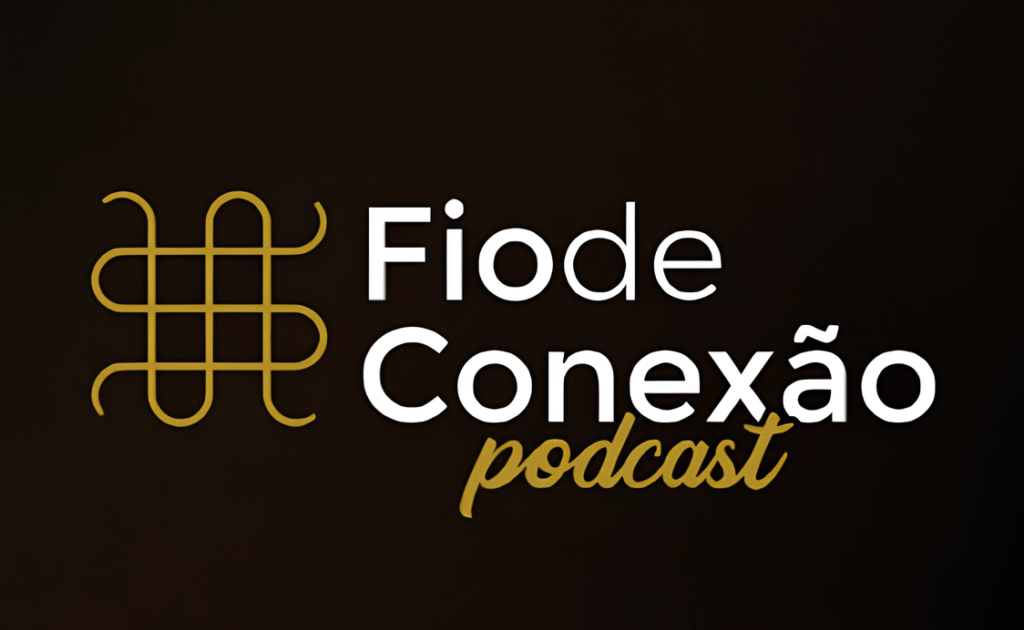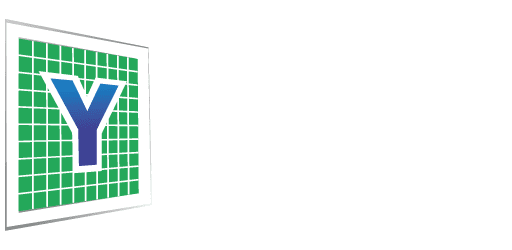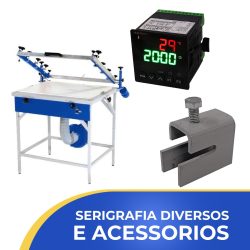

The Secrets of High Textile Productivity: Exclusive Insights from an Interview with Rafael Mueller, Director of Operations at Yguaçú Máquinas
Discover how technology, efficiency, and strategic vision can transform your printing performance, with insights directly from the industry front line.
In an unmissable interview conducted by Tarcísio Gaipo, Rafael Mueller, director of Yguaçú Máquinas, shared powerful insights on ways to achieve high productivity in the textile sector. Topics ranged from operational gains with the calender to opportunities for diversification in the visual communication market.
Ideal for professionals in textiles, clothing, visual communication, printing, gifts, and anyone who wants to start a business! We have selected the five main highlights from the conversation for you to apply to your business right now. Check out the key moments, with direct links to each excerpt on YouTube.
1. Calender: Efficiency that replaces 10 presses with only 2 operators
One of the major advantages pointed out by Rafael Mueller is the operational gain brought about by the calender. While an operation with thermal presses requires a large workforce, the calender performs the same work with only two operators, dramatically increasing productivity and optimizing the use of human resources.
“The calender frees up the team for more strategic tasks and drastically reduces production time.” – Rafael Mueller.
2. The turning point: before and after the calender in production
Rafael talks about the change in mindset that adopting the calendar promotes in companies: more planning, less improvisation. Standardizing the process provides a more organized, efficient environment with predictable results.
3. Agile quality control: consistent productivity
Productivity does not mean rushing without control. According to Rafael, the calender provides a continuous and stable flow, which allows the quality of the prints to be maintained even with high production volumes. This is reflected in repeatability, standardization, and greater confidence in delivery to the customer.

4. Screen printing and DTF: complementary technologies, not rivals
Rafael advocates a strategic approach: understanding the right moment to apply each technology. Screen printing remains the queen (in terms of costs) of large print runs and special effects, while DTF emerges as a versatile and agile solution for smaller, customized productions. The choice is not about which is “best,” but about which fits your specific needs, allowing you to serve a much wider range of customers. “The difference lies in knowing how to use the best of each process.” – Rafael Mueller
5. Visual Communication: a sea of opportunities for those working with sublimation, DTF, and screen printing
The interview closes with a bold vision: using the same technologies as in clothing to explore the visual communication sector. Banners, wind banners, event panels, banners, scenography, textile signage — these are just a few examples of how printing companies can diversify their services, increase their average ticket size, and conquer new markets.
Conclusion
The interview with Rafael Mueller is a veritable practical manual for entrepreneurs in the textile sector who want to innovate, grow, and differentiate themselves. The implementation of technologies such as calendering, the strategic use of DTF, and an expanded market vision are key elements in reaching a new level of productivity.


















